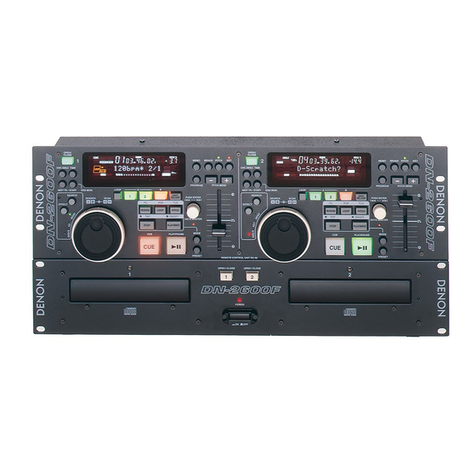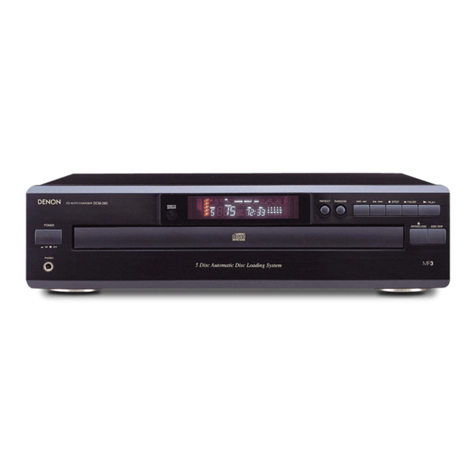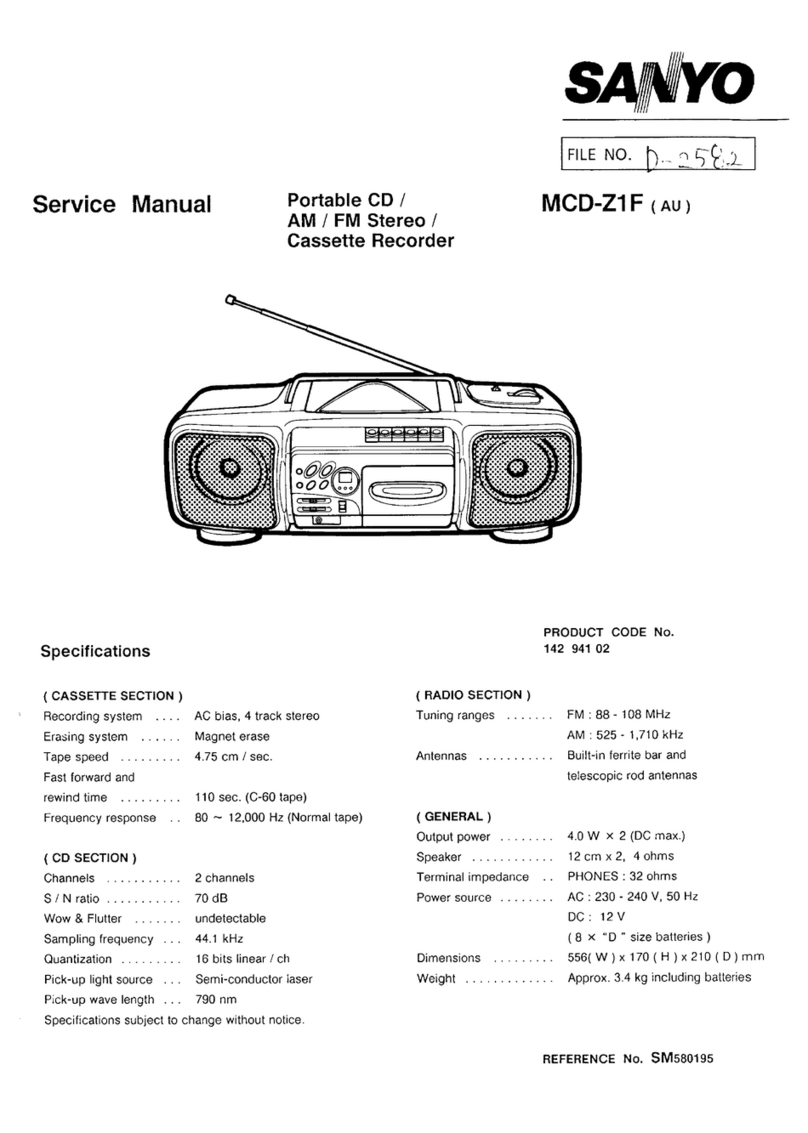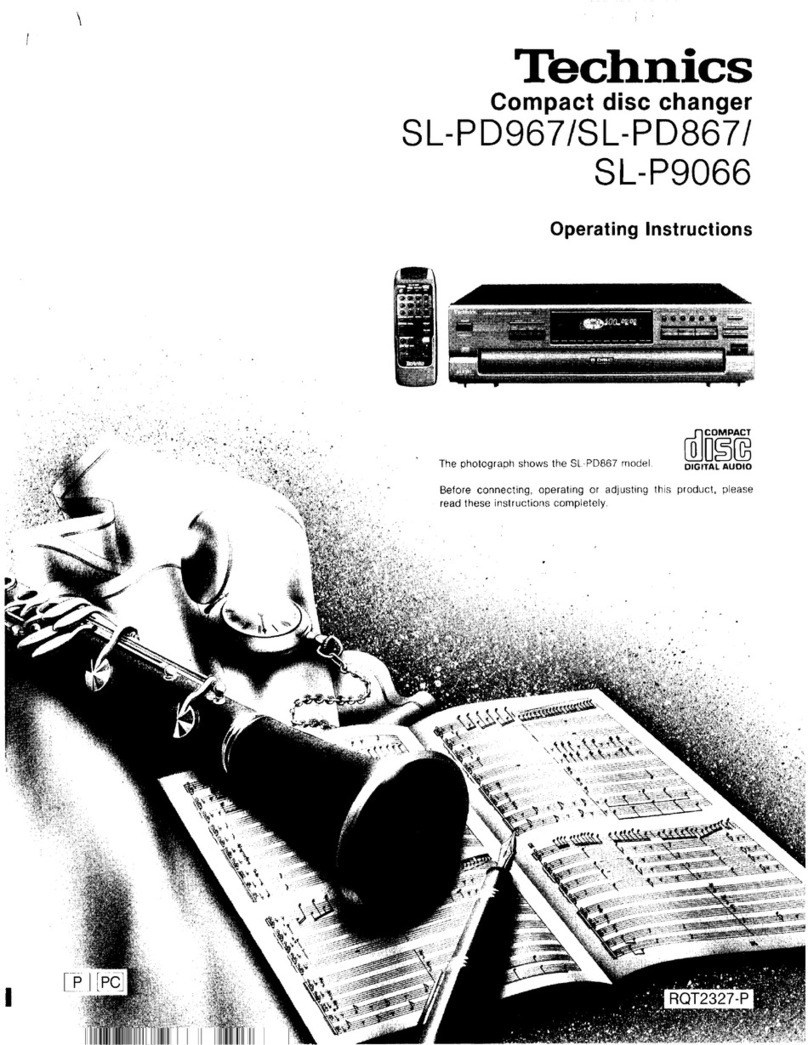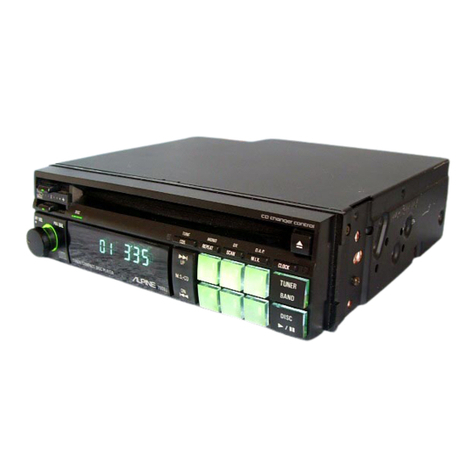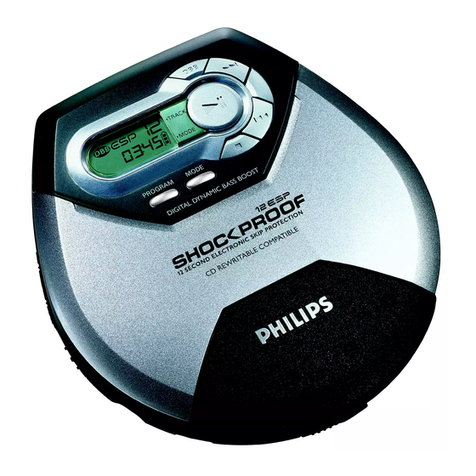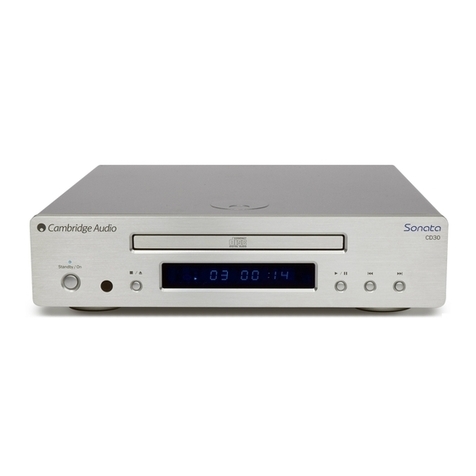Denon DCD-1500 User manual
Other Denon CD Player manuals
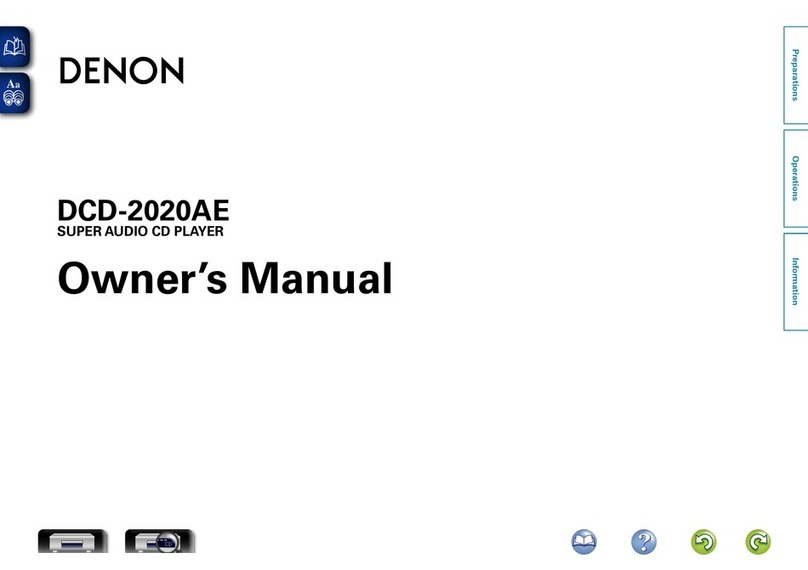
Denon
Denon DCD-2020AE User manual
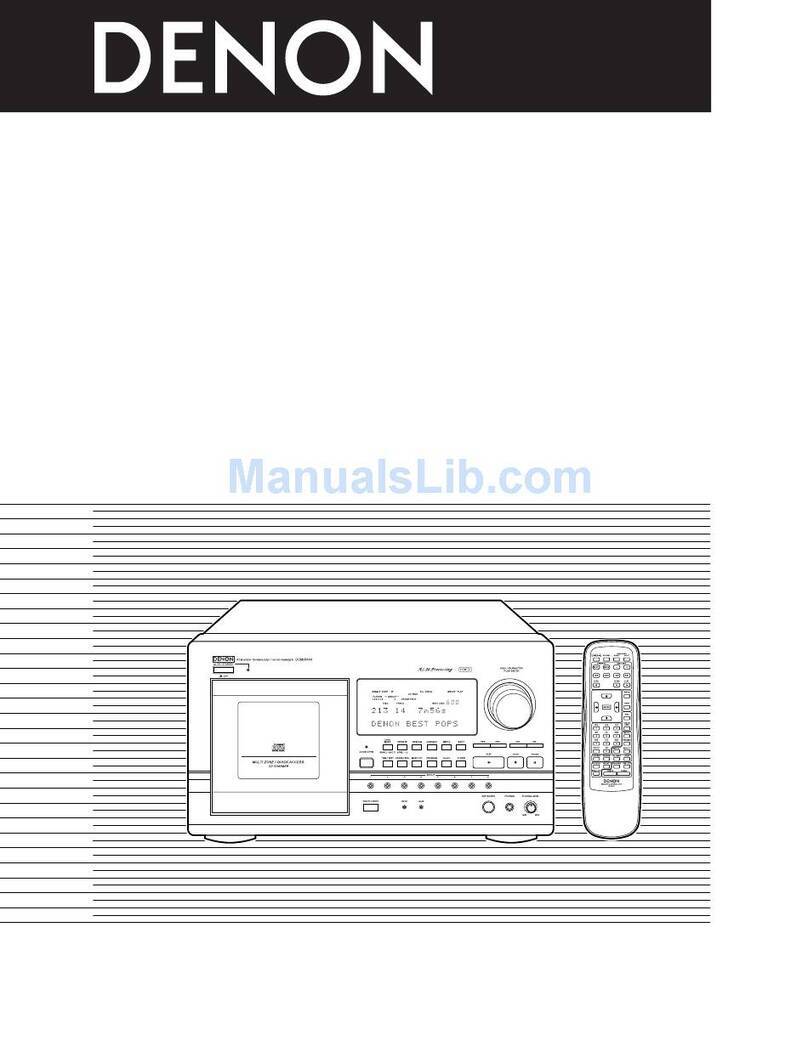
Denon
Denon DCM-5000 User manual
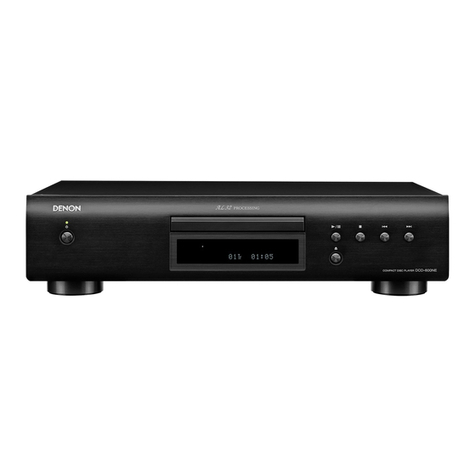
Denon
Denon DCD-600NE User manual

Denon
Denon DN-S3000 User manual
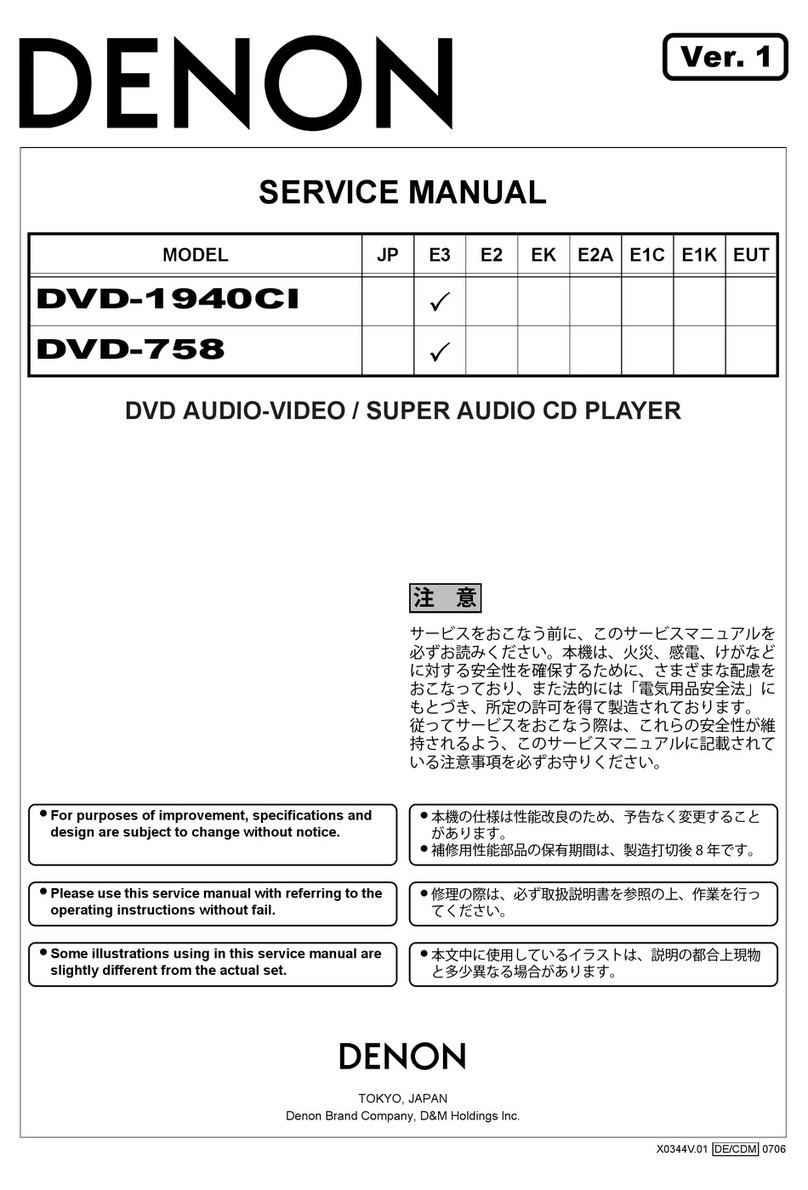
Denon
Denon DVD758 - DVD 758 Player User manual

Denon
Denon DCM 290 - CD / MP3 Changer Instruction Manual

Denon
Denon DCD-2500NE User manual
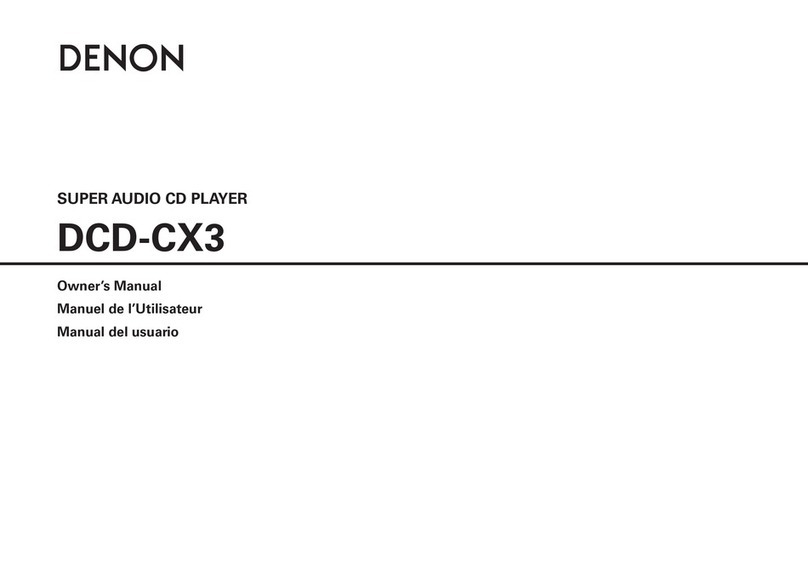
Denon
Denon DCD-CX3 - CD/Super Audio CD Player User manual
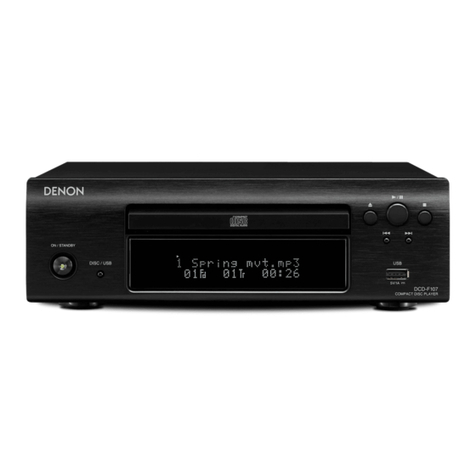
Denon
Denon DCD-F107 User manual

Denon
Denon DCM-27 User manual
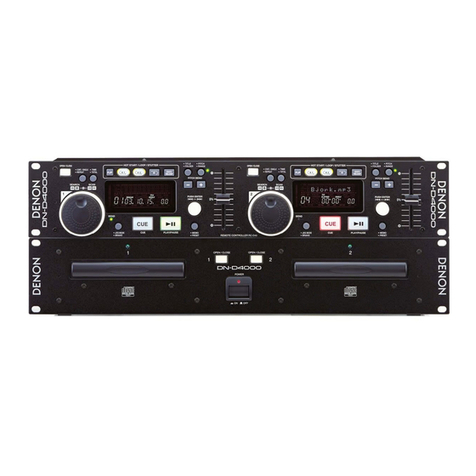
Denon
Denon DN-D4000 User manual
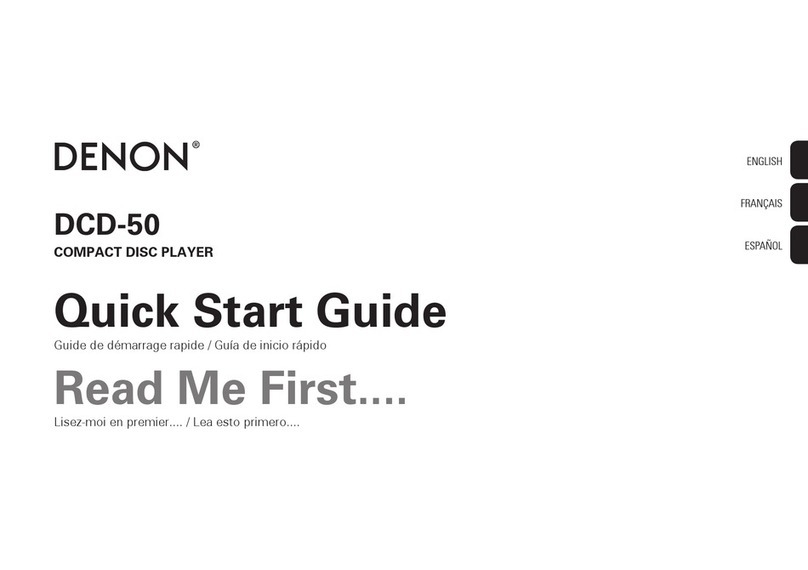
Denon
Denon DCD-50 User manual

Denon
Denon DVM-1845/745 User manual
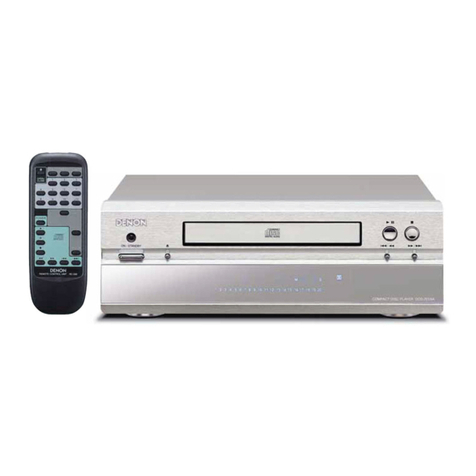
Denon
Denon DCD-201SA User manual
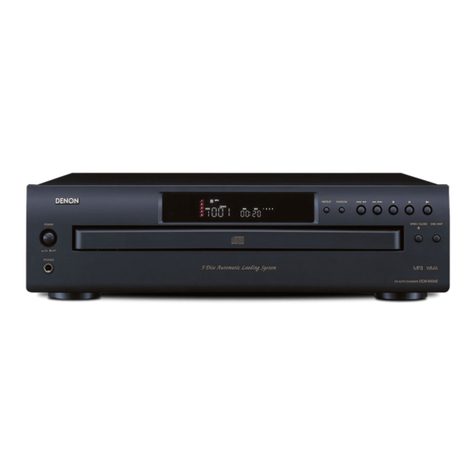
Denon
Denon DCM-500AE User manual
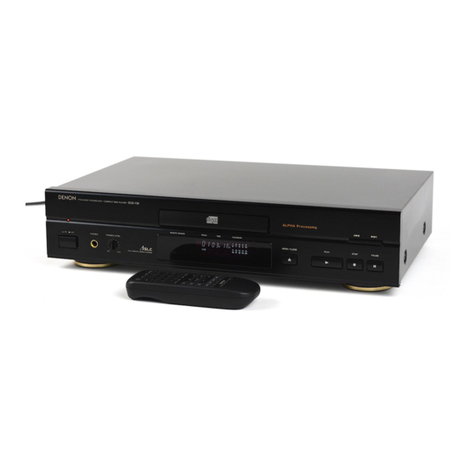
Denon
Denon DCD-735 User manual

Denon
Denon DCD-1500II User manual
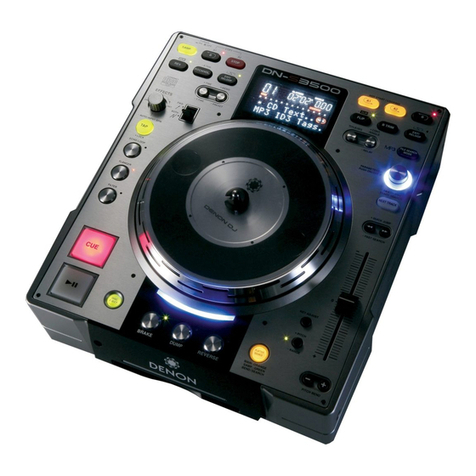
Denon
Denon DN-S3500 User manual
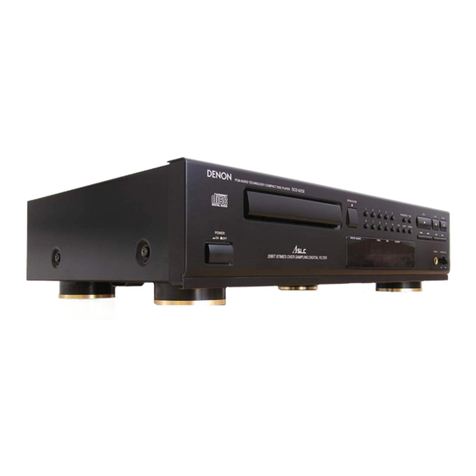
Denon
Denon DCD-625 II User manual
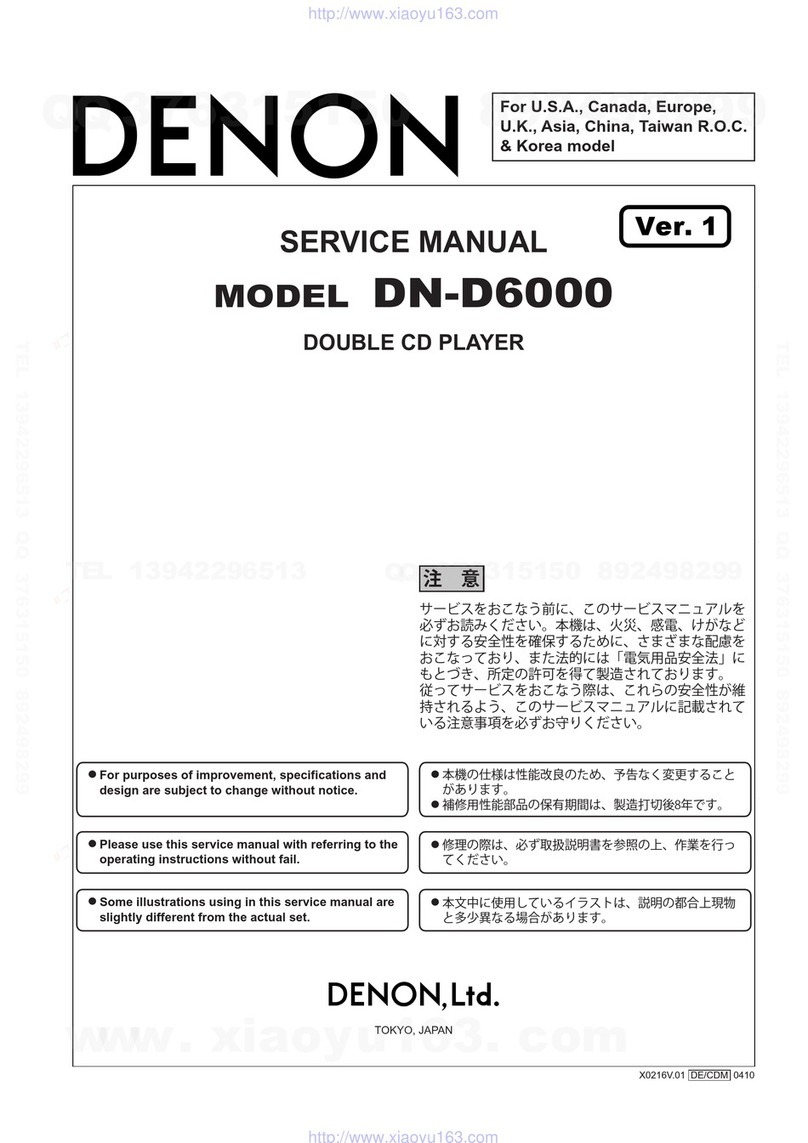
Denon
Denon DND6000 - Dual DJ CD Player User manual
